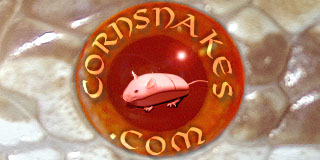Hi,
i am from Germany (so sorry for my bad English) and want to breed some Anery Lavender and out of them some Snow Lavender.
First of all I thought this is a great idea and that the hatchlings must be awesome. But now I read about "masked" corns and I am not sure about what it exactly means.
I think it means that one of the colors dominates the other. Is this correct?
If yes: What color is "stronger" then the others?
Lavender > Anery
Charcoal > Anery
Hypomel > Amel
I don't think it is that easy, is it?
Which combinations of which genes will result in a masked corn snake?
And what should I expect when I am going to breed some Lavender Snow? Snow or Opal?
Best regards,
Daniel
i am from Germany (so sorry for my bad English) and want to breed some Anery Lavender and out of them some Snow Lavender.
First of all I thought this is a great idea and that the hatchlings must be awesome. But now I read about "masked" corns and I am not sure about what it exactly means.
I think it means that one of the colors dominates the other. Is this correct?
If yes: What color is "stronger" then the others?
Lavender > Anery
Charcoal > Anery
Hypomel > Amel
I don't think it is that easy, is it?
Which combinations of which genes will result in a masked corn snake?
And what should I expect when I am going to breed some Lavender Snow? Snow or Opal?
Best regards,
Daniel
